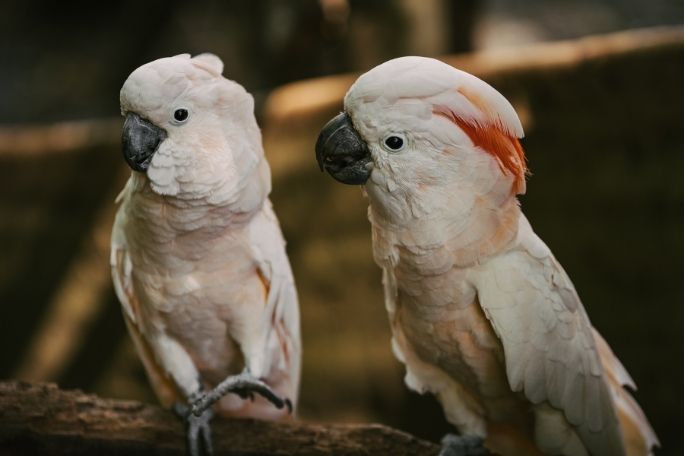Lesson summary
In this activity students get out into an ecosystem and record the sounds that they hear. The sounds can be recorded (e.g. on a tablet), or through drawings or brief explanatory notes.
Learning intentions:
Students will...
- use their audio observation skills to identify the kind of activities occurring. They sort the sounds into natural and those are not natural.
- interpret what they have heard as an indication of some aspects of the local biodiversity.
Lesson guides and printables
Lesson details
Curriculum mapping
Australian curriculum content descriptions:
Year 3 Science:
- Living things can be grouped on the basis of observable features and can be distinguished from non-living things (ACSSU044)
Year 3 English:
- Learn extended and technical vocabulary and ways of expressing opinion including modal verbs and adverbs (ACELA1484)
Year 4 Science:
- Living things, including plants and animals, depend on each other and the environment to survive (ACSSU073)
Year 4 English:
- Incorporate new vocabulary from a range of sources into students’ own texts including vocabulary encountered in research (ACELA1498)
Syllabus Outcomes: EN2-9B, ST2-10LW.
Indoor or outdoor activity: Outdoor
Time required: 40 mins
Level of teacher scaffolding: Guide students through activity and lead discussion around findings.
Resources required
- Outdoor habitat locations where students can sit undisturbed for a short period of time
- Clip boards
- Paper
- Pencils
- Camcorder or a sound reordering device e.g., tablet (optional).
Additional info
This is an original Cool.org lesson. Facts and figures in these lessons may have changed since this lesson was published. We always endeavour to update our resources in a timely manner, but if you see an error or issue in our resources please get in touch with us.


Welcome back!
Don't have an account yet?
Log in with:
By signing up to Cool.org you consent and agree to Cool's privacy policy to
store, manage and process your personal information. To read more, please see
our privacy policy here(Opens in new tab).
Create your free Cool.org account.
Many of our resources are free, with an option to upgrade to Cool+ for premium content.
Already have an account?
Sign up with:
By signing up to Cool.org you consent and agree to Cool's privacy policy to
store, manage and process your personal information. To read more, please see
our privacy policy here(Opens in new tab).